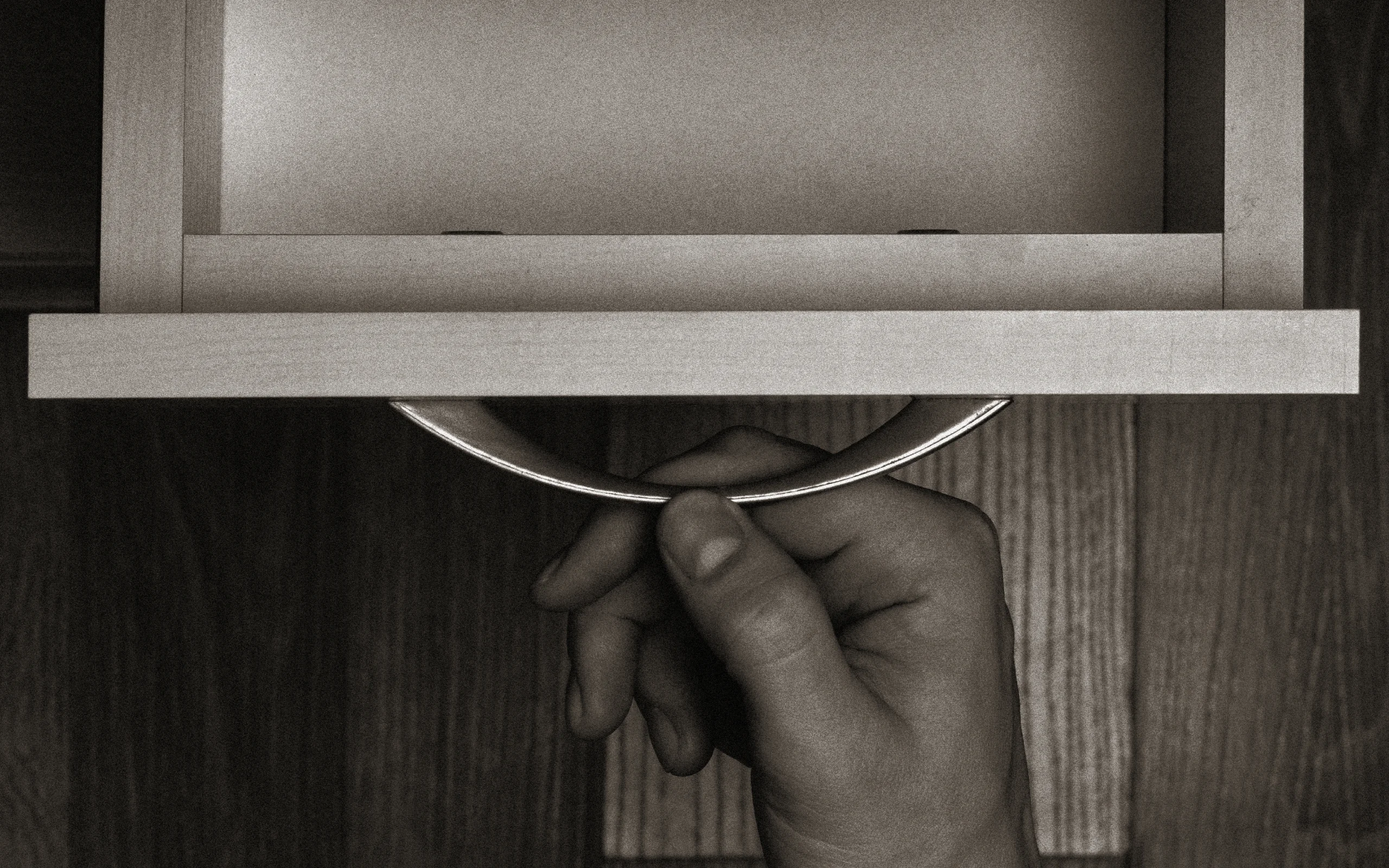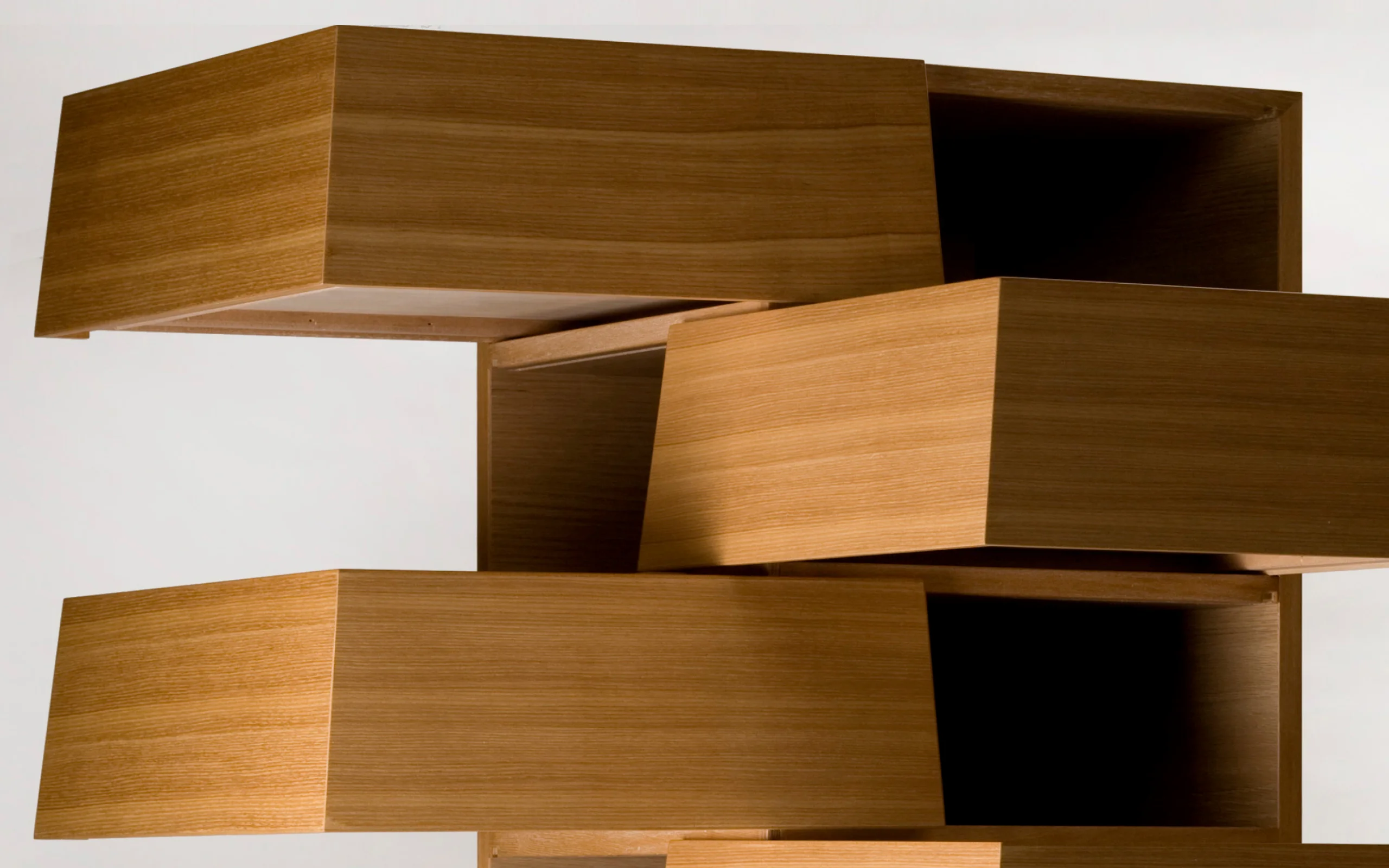
PROJECT
Mag Container
磁石の引力を活かし、文具をひとつにまとめるステーショナリー。シンプルな構造と洗練された造形で、机上を美しく整える。
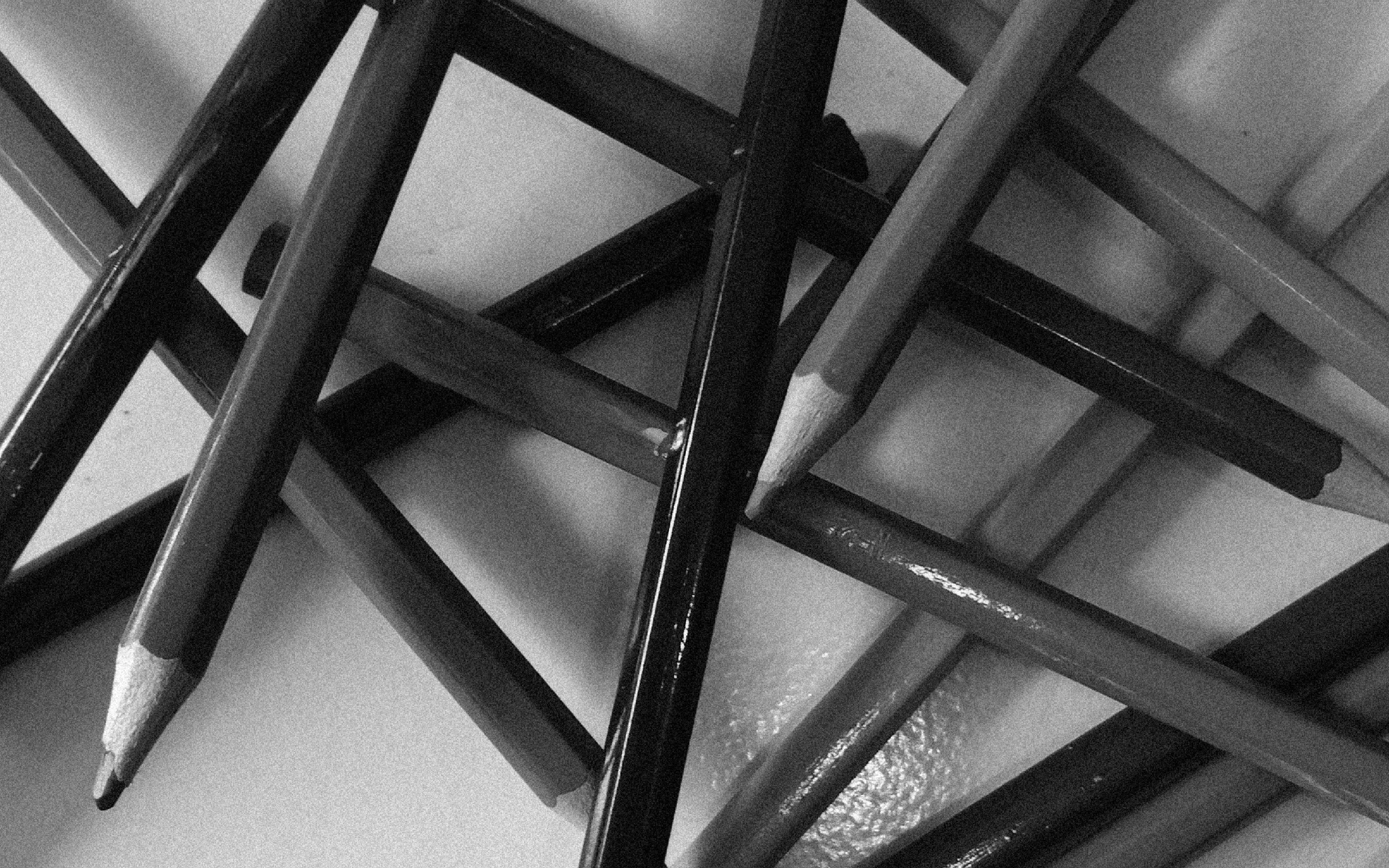
WHY
ステーショナリー
収納自体を
整理整頓するには。
江戸時代の阿波藩の水軍を支えた船大工の技術が伝承されている徳島県は、明治から昭和にかけて、タンスや鏡台、仏壇を中心とした箱物家具の一大産地として発展しました。しかし、この40年の間に生産額が1/5にまで減少している日本の伝統産業の例に漏れず、ライフスタイルの変化や廉価な海外製品の台頭とともに徳島の木工業は年々衰退し、日本有数の箱物家具の産地は窮地に追い込まれていました。廃業する木工業者が後を絶たない状況の中、高い技術力を持つ徳島の木工職人に新たな手仕事の機会をつくり、産業を復興させるために、デザインには何ができるのでしょうか。
伝統的工芸品産業の生産額等の推移。
HOW
磁石でくっつく
木製の収納箱。
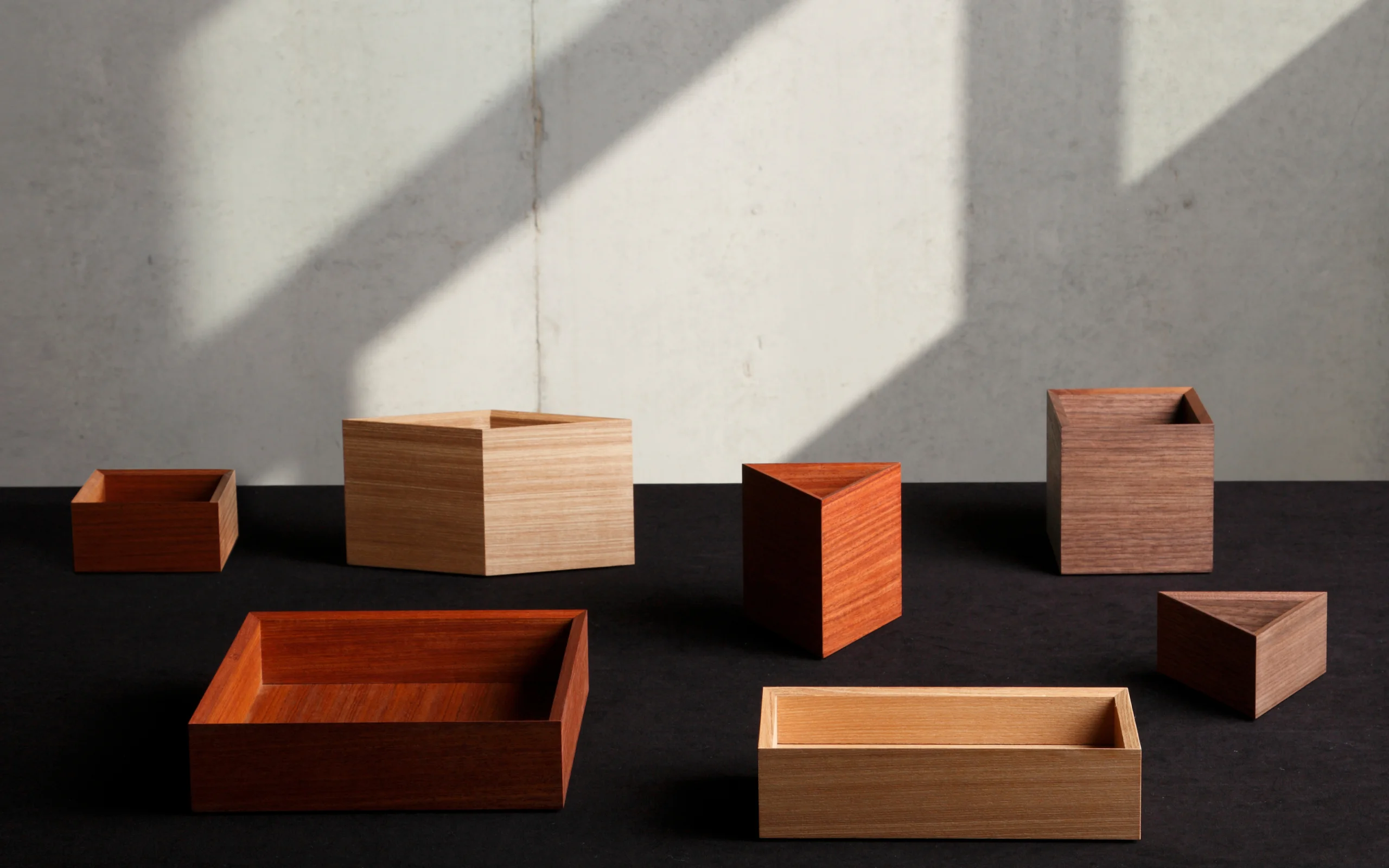
徳島の家具メーカー・坪井工芸とともに、組み込まれた磁石でお互いを引き合う木製ステーショナリーボックス「MAG CONTAINER」を製作しました。各ボックスは正三角形、正方形、菱形など30度の倍数の角を持つ形状になっており、これらを自在に組み合わせてカスタマイズすることでパズルのように幾何学模様が生まれ、部屋のインテリアとしても楽しむことができます。タンスや鏡台、仏壇など従来の箱物家具よりも小さなサイズのプロダクトをつくることで、徳島で培われた箱物家具の技術の可能性を拡げることを目指しました。
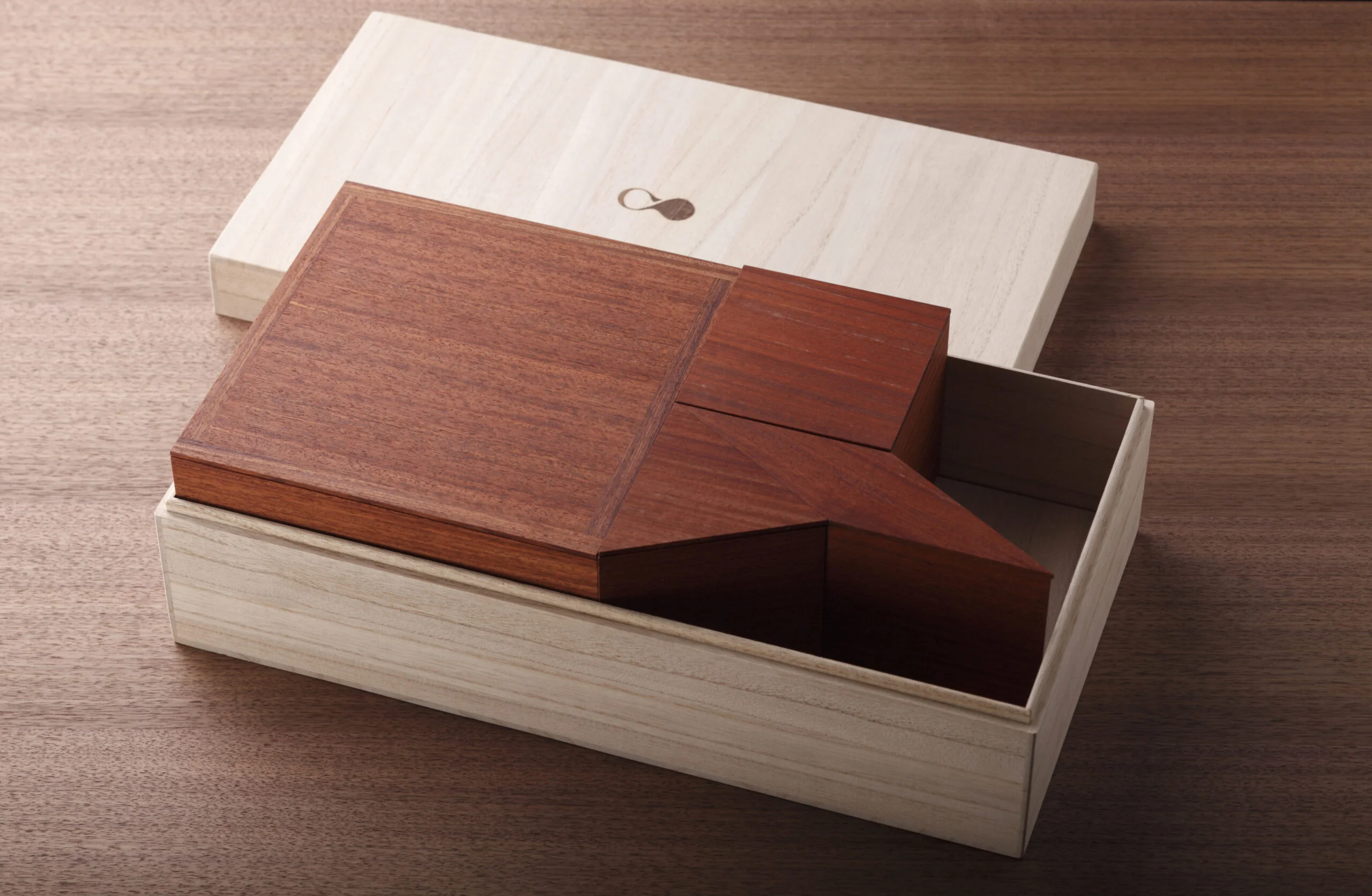
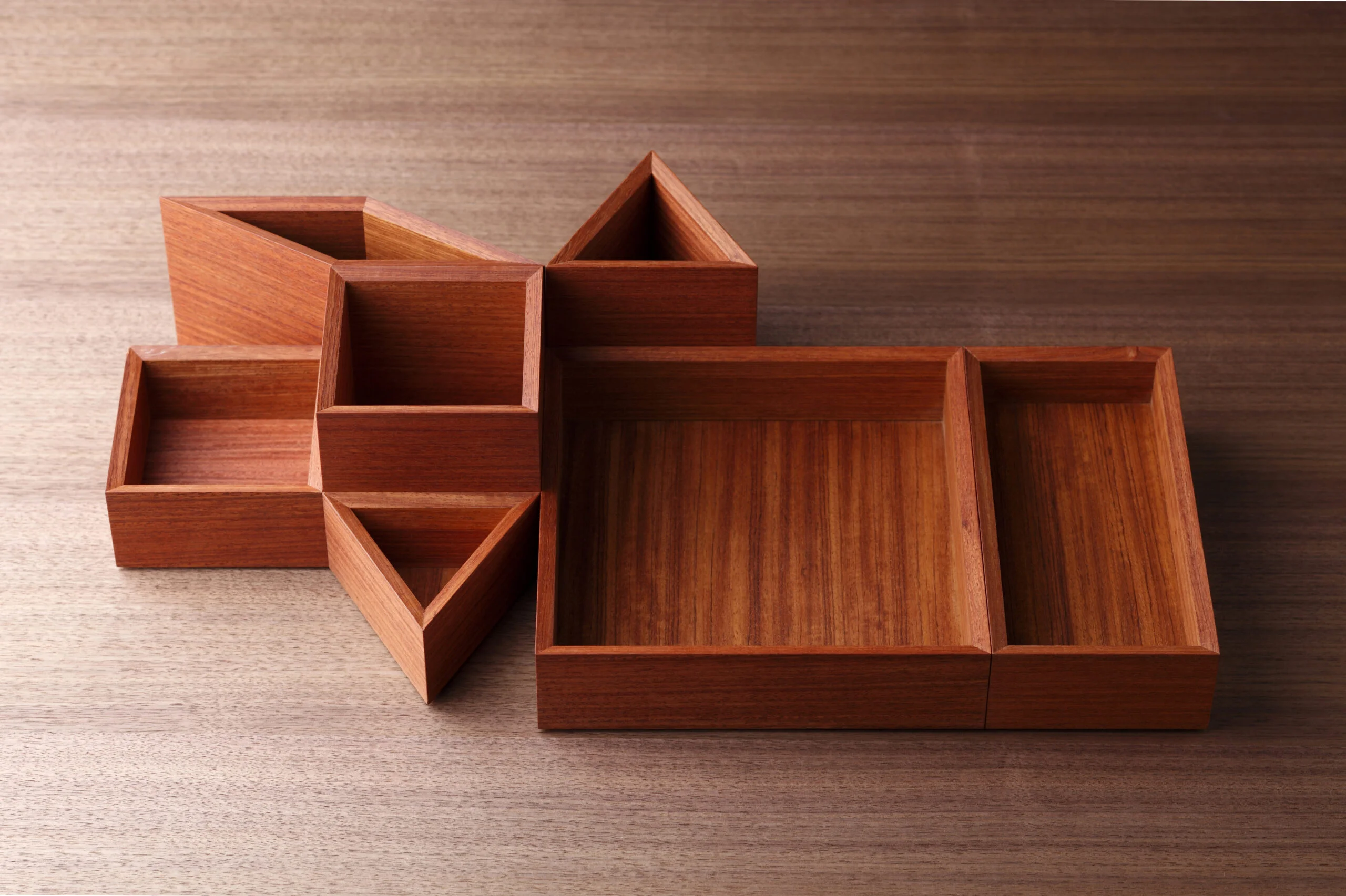
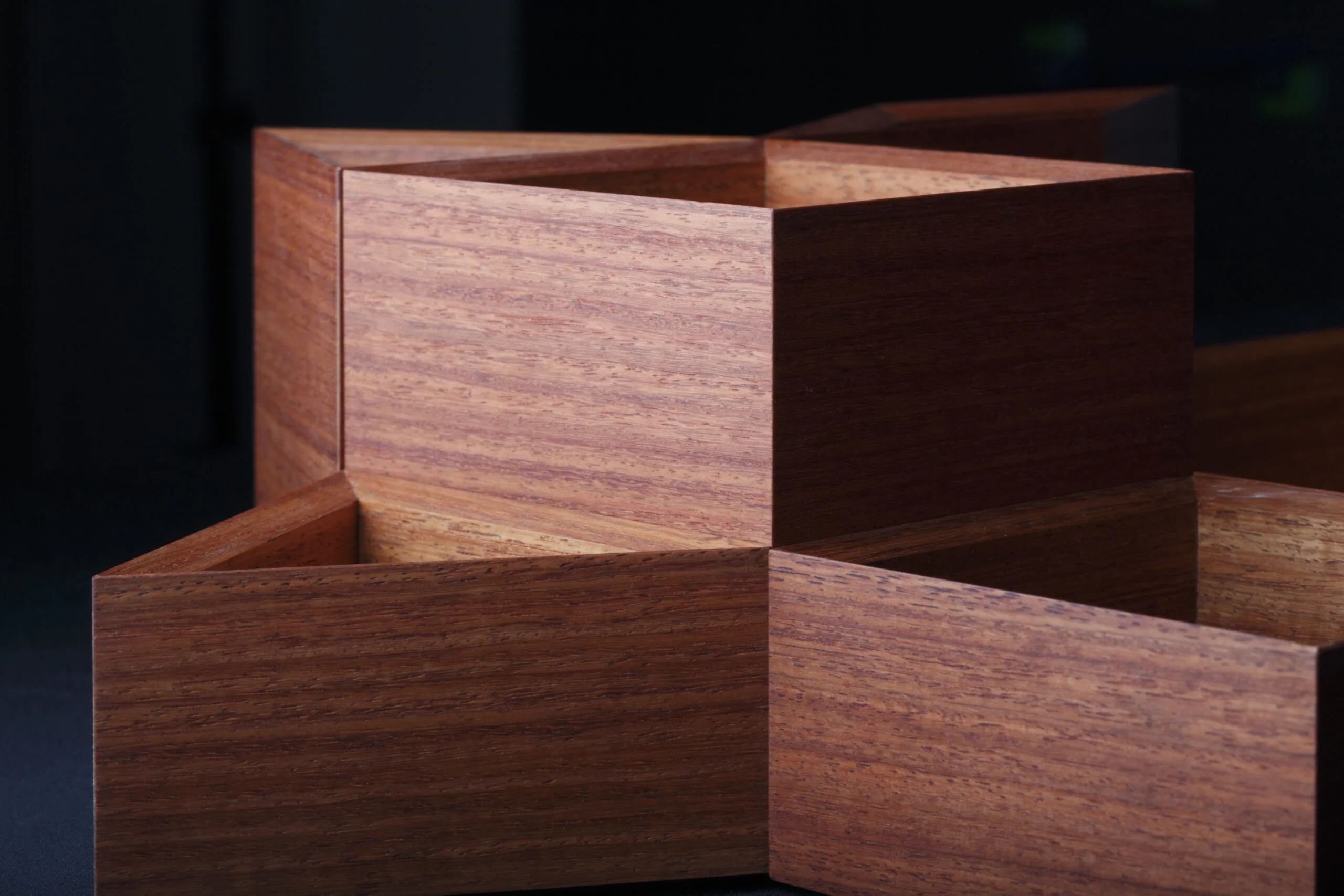
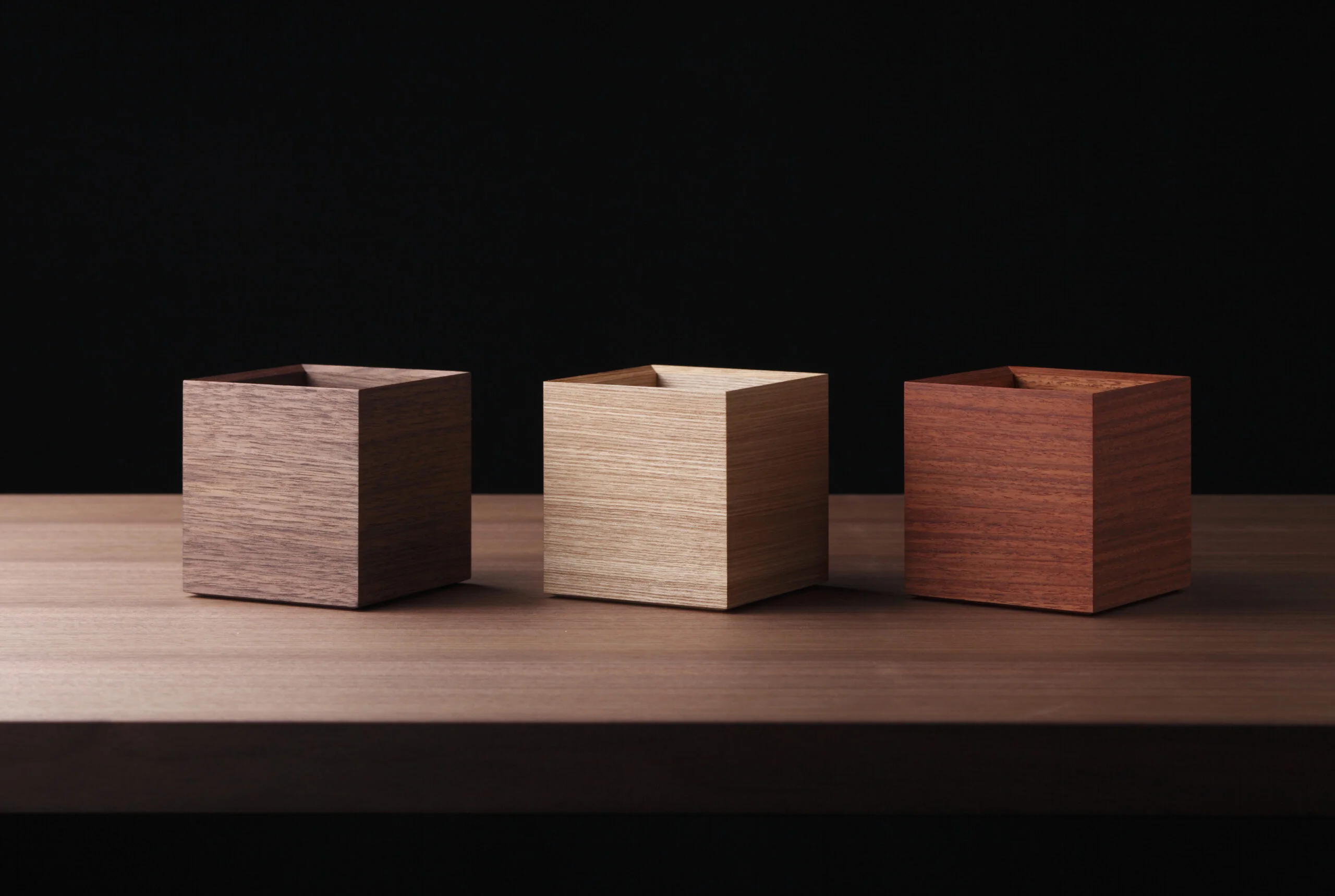
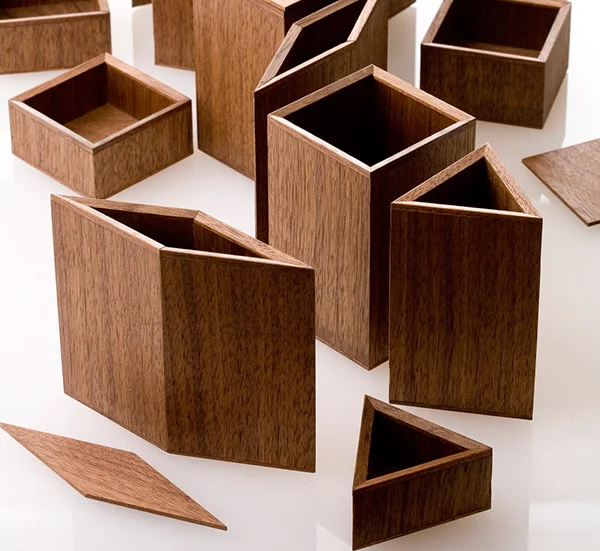
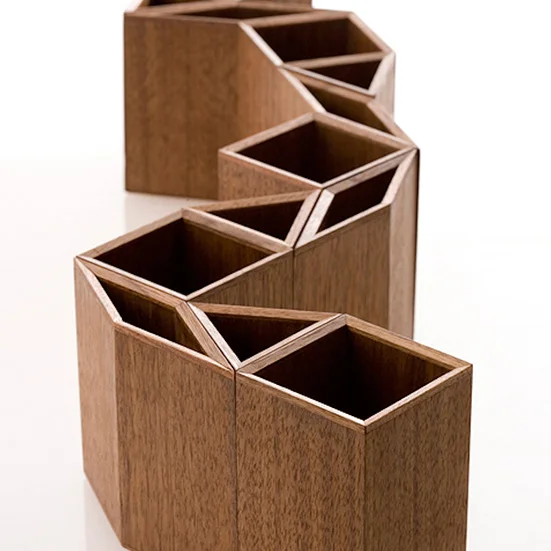
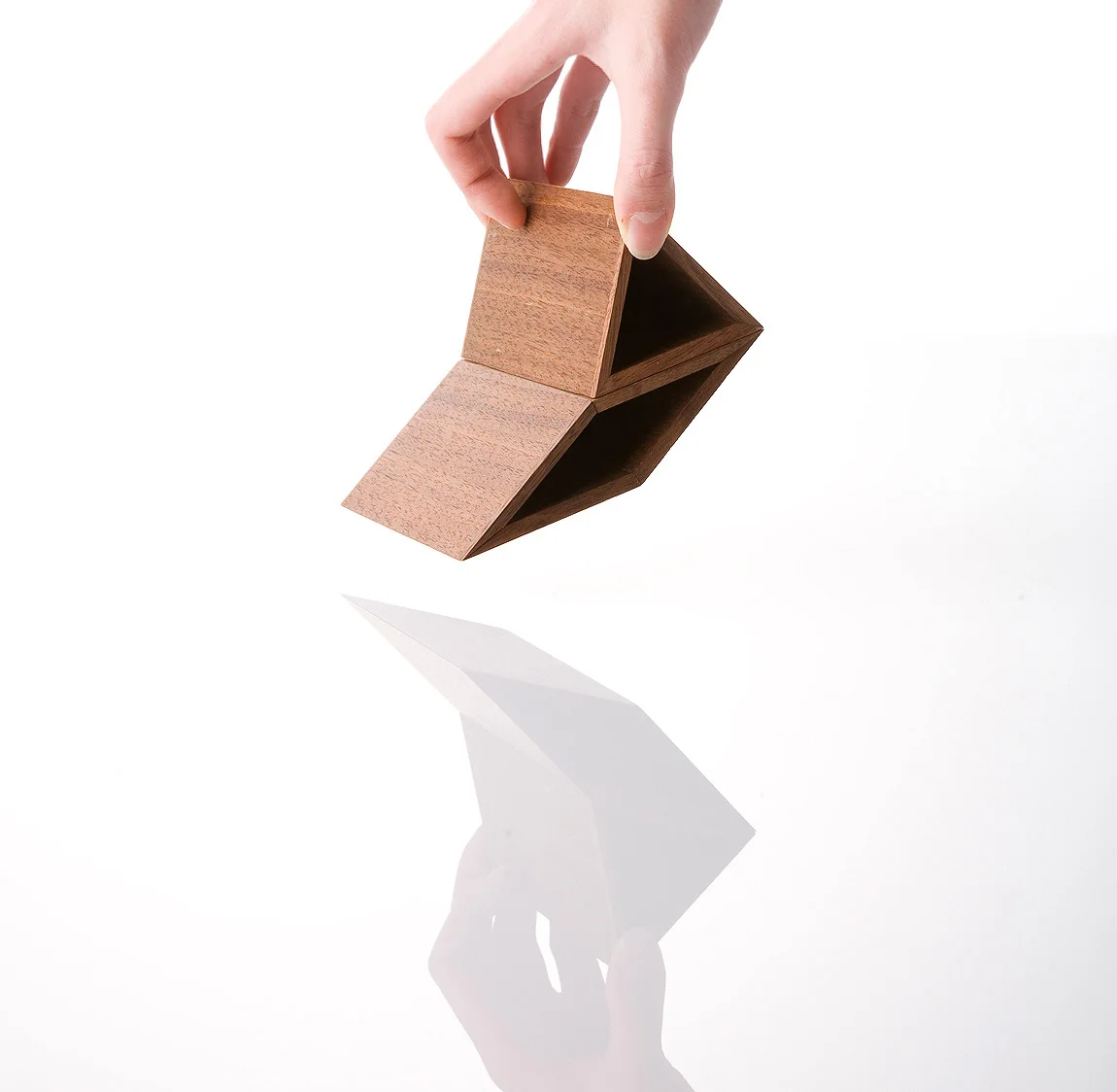
WILL
デザインは高く評価されたが、
本来の目的はその先に。
MAG CONTAINERは、さまざまなメディアで紹介され、ニューヨーク・グッゲンハイム美術館のミュージアムショップでも取り扱われるなど海外からも注目を集めました。デザインの力を活用し、伝統技術と消費者の間に新しい接点を生み出すことができたこのプロジェクトは、産地における成功事例となりましたが、同時に危機的な状況にある産地には、ヒット商品をひとつ生み出すだけでは到底太刀打ちできないほど強い逆風が吹いていることを改めて実感しました。私たちの目的は、そのデザインが高く評価されることではなく、ブランディングやコミュニケーション戦略などを通じて新たな市場やムーブメント、関係性をつくり、少しでも多くの職人や産地を救うことです。NOSIGNER・太刀川が徳島県の伝統産業プロデューサーとして2007年から2009年までに手がけた一連のプロジェクトは、その後の私たちのミッションを決定づける重要な経験となりました。
INFORMATION
- What
- MAG CONTAINER
- When
- 2007
- Where
- Tokushima, Japan
- Client
- COLORS
- Scope
- Product design
CREDIT
- Art Direction
- NOSIGNER (Eisuke Tachikawa)
- Product Design
- NOSIGNER (Eisuke Tachikawa)
- Manufacturer
- TSUBOI WOOD CRAFT
- Photograph
- Masaharu Hatta
